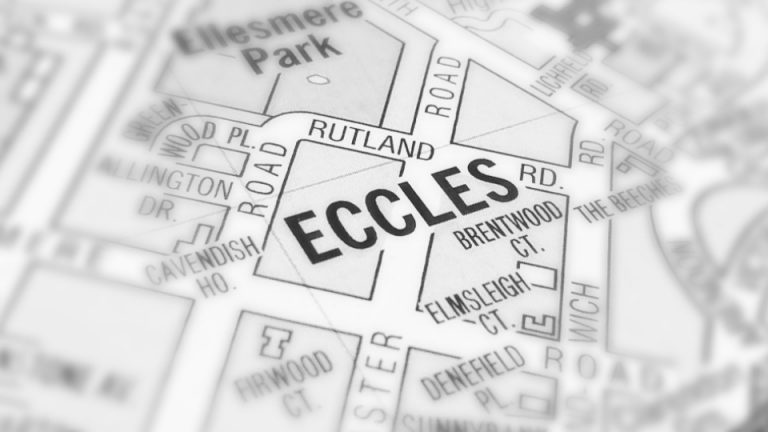
The big conversation: damp and mould in rental properties
The majority of landlords in the UK will no doubt have heard the distressing story of a 2-year-old child in Rochdale who died as a result of living in a home with extensive damp. This human tragedy is made worse by the fact that it was not only preventable, but the laws are already in place to compel landlords to ensure damp never gets anywhere near those levels. Now is a good time to remind landlords and tenants about the main points of the law, and how both landlords and tenants can work together to keep homes safe when it comes to damp and mould.
The law in the UK
The Housing Health and Safety Rating System (HHSRS) is the tool that local authorities use to assess the safety and livability of residential properties. Although it applies to all homes, it’s particularly important for private landlords to familiarise themselves with the system, as they are legally obliged to ensure any properties they rent out are safe. The HHSRS uses a simple step-by-step process by which they can check if the homes they are renting out satisfy all the requirements.
There are 29 categories to follow altogether, which range from the familiar ones, such as smoke alarms, asbestos safety and fire escapes to some that people might not think about, such as radiation and collision and entrapment risks. But top of the list, at number 1, is damp and mould growth.
The dangers of damp and mould
Mould is a fungal growth, and in the context of domestic risk it only occurs where there is moisture. While damp comes with its own risks, as we’ll see below, if you eliminate damp, you’ll also generally keep the risk of mould to very low levels. Here’s why damp and mould need to be eliminated:
- Respiratory problems – one of the most dangerous effects of mould comes from the fungi spores, which can cause serious health problems, particularly with breathing, when they enter the lungs.
- Asthma and rhinitis – the spores can also trigger a host of allergies affecting skin, eyes, nose and throat.
- Fungal infection – in severe cases, people living near the mould can themselves get fungal infections that need treatment.
- House dust mites – these creatures thrive in damp environments, and can cause other types of allergy.
- Psychological issues – living in a damp home can cause depression and anxiety, and embarrassment about it can lead to isolation, which exacerbates the problem.
- Structural damage – the property itself can suffer damage, especially to timber, which can be dangerous and expensive, and there’s also the risk to electrical hardware from moisture build-ups.
Preventing damp
Damp occurs in two ways. It condenses from moisture in the air, or it enters the building from outside.
Condensation in rental properties
Air contains small traces of water vapour, the amount of which varies. When it touches a cold surface, however, it condenses, or turns to a liquid. That’s why you’ll often see it on windows. However, walls too can reach temperatures low enough to condense water vapour, especially if they are external facing and poorly insulated, or if they don’t see much direct sunlight. This condensation will often evaporate when the room warms up, but if it stays cool, it can accumulate.
The problem is worse in certain rooms, such as kitchens and bathrooms, that often get filled with steam and extra water vapour. People who dry clothes on radiators or heated clothes dryers are also prone to outbreaks of damp.
Signs of damp include peeling wallpaper, discolouration of woodwork, foul smells, visible water droplets on walls, floorboards feeling soft and flexible, and growth of mildew or even recognisable mushroom-like fungi.
Ventilation and insulation
Good ventilation and insulation are key to minimising damp in the home. With good airflow, the air is not allowed to grow in humidity, so sources of water vapour from inside the house, such as cooking and showers, do not add up to a significant increase in water humidity.
Ventilation always needs to be balanced with heat loss. As a warm home is also a good way to combat damp, it can sometimes seem counterintuitive to allow cool air from the outside in. However, ventilation can be controlled. With the use of fans, air can be made to flow outwards only, so cool winter air isn’t coming into the home. But opening windows slightly, even in winter, for just an hour or so every day, can help bring humidity down. Opening windows in kitchens and bathrooms during or after use can help too.
Insulation, on the other hand, stops the temperatures on the inside of external walls from dropping to the condensation point, so the vapour largely stays in the air. Double and triple glazing help insulate windows, and problem walls can be given extra insulation to retain the heat in the home and keep the surfaces warmer.
There are also measures such as electric and silica gel dehumidifiers that can help to some extent, but they should be last resort solutions for problem areas.
External source of damp
The second source is from outside, be it water rising from the ground, or a leaky roof or wall. These are problems that can only be solved by builders. You might need a damp-proof course installing or repairing, and roofs, walls, window frames and doors can also be sources of incoming moisture that demand professional help. Alternatively, it could be coming from blocked gutters that don’t allow water to drain properly, in which case it’s a maintenance issue.
Tenant transparency
Given the legal ramifications and the potential damage to your property, if you’re a landlord it is in your interest to make sure your tenants understand the signs and risk factors when it comes to mould. But even from a purely humane point of view, no reputable landlord wants to expose their tenants to the misery of mould.
When you start the tenancy, you’ll have to let them know their rights and responsibilities regarding renting from you. Just as you’d explain how to maintain fire alarms and keep the building secure, spotting the early signs of damp should be part of your brief. Even if you have an arm’s length approach to your tenants, make sure they know they can always get in touch with regard to any issue about the home, including damp. Even if they are short-term tenants, it’s in both of your interests to stop it getting any worse as soon as it is discovered.
Between tenancies, always make sure you or your agent gives the home a good inspection, especially in the nooks where damp can get established. If it’s an unfurnished property, it’s the perfect opportunity to give all the skirting boards, woodwork and floors an inspection, or you can call in a building management company to check it with their specialist equipment.
Hills can help protect you and your tenants
At Hills, we recognise that keeping on top of the law can be difficult, especially as it’s subject to regular change. Professional landlords tend to have a decent grip on it, but property owners who are letting out a single spare flat or house often don’t know letting or property law down to the finest details. That’s exactly why we’re here. We perform regular legal training with our staff so they are always ready to give advice or answer your questions on current or upcoming regulations. When you hand the keys to us, we can make sure the property is compliant with the HHSRS so you’re protected, or advise you on any work that needs doing to ensure the property is up to scratch.
Damp in a property is a serious concern for everyone, but with the right education, communication and property maintenance, you can be assured your tenants are living in a warm, healthy and safe environment – and that the property itself is protected.
If you would like to discuss how we can help manage your property to keep it safe, please contact our team.
You may also be interested in...
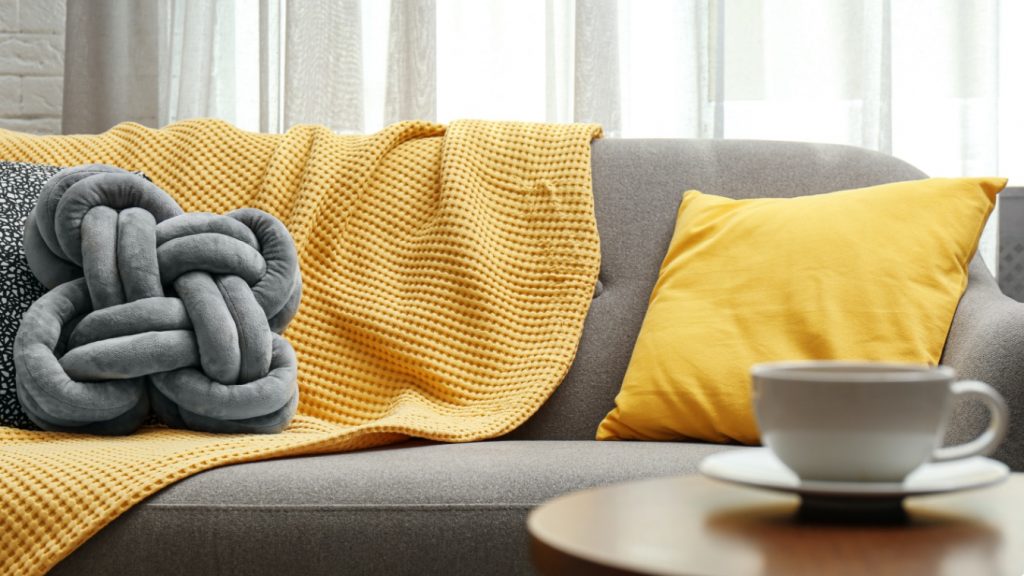
Value my property today
Lorem Ipsum has been the industry’s standard dummy text ever since the 1500s, when an unknown printer took a galley of type and scrambled it to make a type specimen book. It has survived not only five centuries

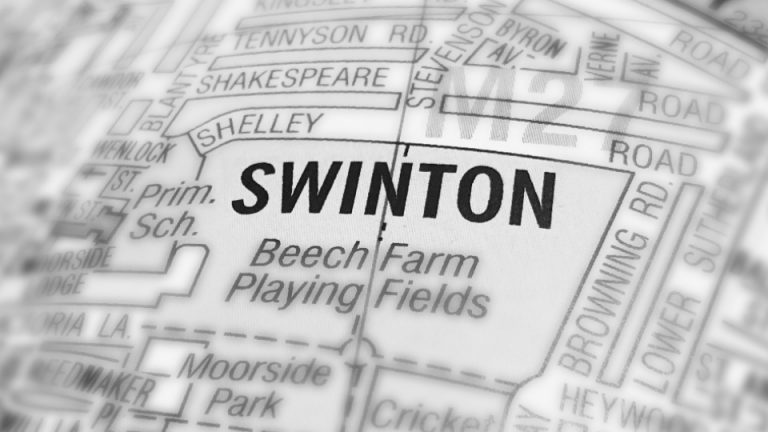
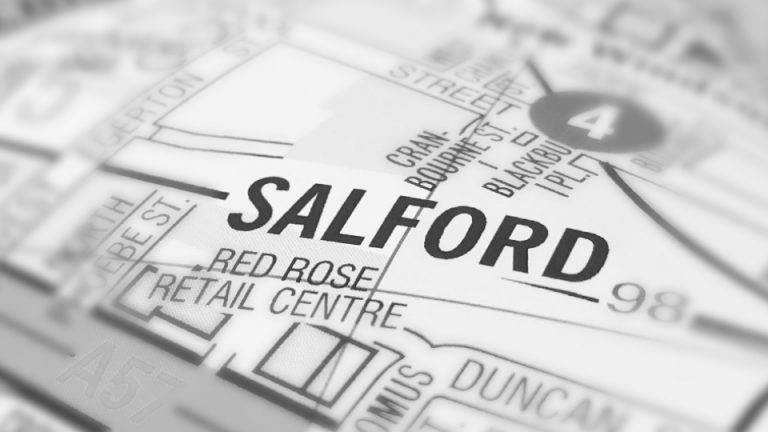
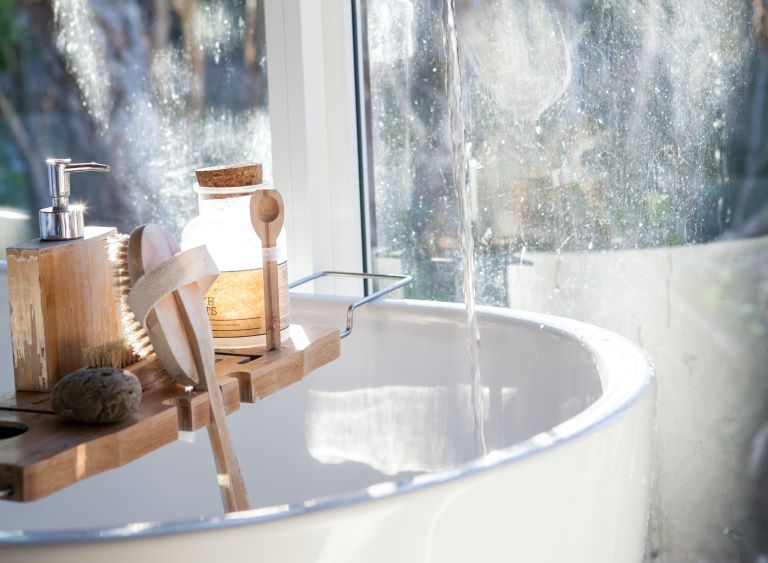
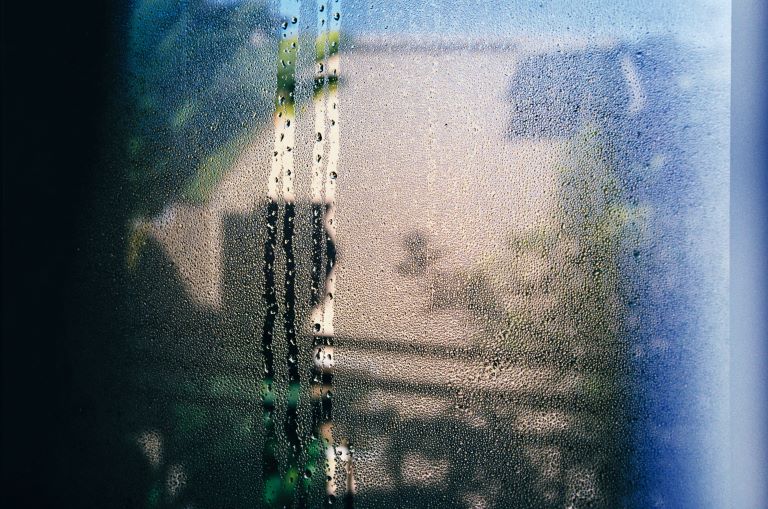
 Buyers
Buyers
 General
General
 Buyers
Buyers
